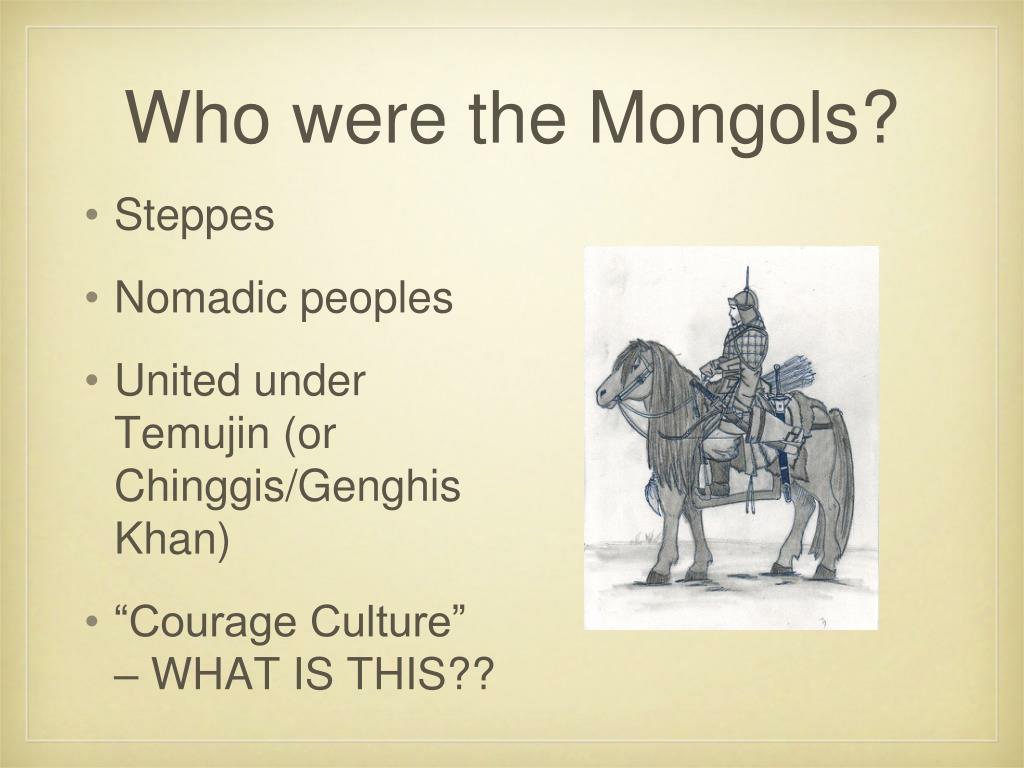

They are able to keep their population in check and, moreover, keep it far enough below the carrying capacity that minor changes in the weather, or even longer-term changes in the climate, do not result in food stress.
#Were a warlike people full#
“Assume for a moment that by some miracle one of our two groups is full of farsighted, ecological geniuses. “This is observed anthropologically by the universal desire to have many allies, and the common tactic of smaller groups inviting other societies to join them, even in times of food stress. This advantage of size is well recognized by humans all over the world, and they go to great lengths to keep their numbers comparable to their potential enemies. Over time, the larger group will finally overwhelm the smaller one.

With equal skills and weapons, each side would be expected to kill an equal number of its opponents. Over the course of human history, one side rarely has better weapons or tactics for any length of time, and most such warfare between smaller societies is attritional. “Now comes the most important part of this overly simplified story: The group with the larger population always has an advantage in any competition over resources, whatever those resources may be. Since human groups are never identical, there will always be some groups for whom warfare as a solution is a rational choice in any food crisis, because they are likely to succeed in getting more resources by warring on their neighbors. “If one group is much bigger, better organized, or has better fighters among its members and the group faces starvation, the motivation to take over the territory of its neighbor is high, because it is very likely to succeed.
#Were a warlike people series#
When a very bad year or series of years occurs, the willingness to risk a fight increases because the likelihood of starving goes up. “Even if, by sheer luck, all things remained equal, it must be remembered that the climate would never be constant: Times of food stress occur because of changes in the weather, especially over the course of several generations. Populations would grow and human activity would degrade the land or resources, reducing their abundance. Such a constant world would never last for long. A few members of either group may die indirectly from food shortages-via disease or infant mortality, for example-but from an individual’s perspective, he or she is much more likely to be killed trying to take food from the neighbors than from the usual provisioning shortfalls. People may be somewhat hungry, but not hungry enough to risk getting killed in order to eat a little better. Under normal conditions, neither group would have much motivation to take resources from the other. “To see how this most human dynamic works, imagine an extremely simple world with only two societies and no unoccupied land.

The best way to survive in such a milieu is not to live in ecological balance with slow growth, but to grow rapidly and be able to fend off competitors as well as take resources from others. Not only have societies always lived in a changing environment, but they always have neighbors.

Each society must confront the real possibility that its neighbors will not live in ecological balance but will grow its numbers and attempt to take the resources from nearby groups. “Not only are human societies never alone, but regardless of how well they control their own population or act ecologically, they cannot control their neighbors’ behavior. Here is his article, the text of which I have included below, along with my response: It seems that he has fallen for the view that humans are naturally violent, aggressive, deceitful, manipulative. A book by Steven LeBlanc, anthropologist, has me in a kind of outraged shock.


 0 kommentar(er)
0 kommentar(er)
